Please note: As we continue to learn more about COVID-19, the information in this article may change. You can find our most up-to-date information about coronavirus here.
As more and more people recover from COVID infections, doctors are noticing a trend: some COVID survivors — including children — are suffering from long-lasting fatigue, rapid heart rate, memory loss, depression and other symptoms. We asked pediatric infectious disease expert Dr. Alexandra Yonts for more information about these post-COVID conditions — also known as long-haul COVID — and how they affect children.
What is long-haul COVID and how common is it?
Post-COVID conditions are a group of syndromes that occur after a person has COVID. There are many different terms used to describe the illness or symptoms, including “Persistent Post-COVID Syndrome,” “Post-Acute COVID Syndrome (PACS)” and “long COVID” or “long-haul COVID.”
In general, symptoms are considered to be post-COVID if they are still present — or start — 30 days or more after an initial diagnosis of acute COVID (ideally by PCR or rapid antigen test).
At this time, because the definitions of these various syndromes are still very general, it is hard to know exactly how many people are affected by them. Studies of Post-Acute-COVID Syndrome in adults reported that between 5-80% of adults suffer from at least one prolonged or new onset symptom after recovery from acute COVID, however the true estimate is more likely in the range of 25-30%. 1, 2 Studies focused on the pediatric population suggest that between 13-35% 3, 4 of children experience post-COVID symptoms.
What are the symptoms of long-haul COVID?
Patients with post-COVID conditions have a very broad range of symptoms. The most common, in both adults and children, is fatigue. Joint and muscle pain, difficulty with concentration and sleep, altered smell/loss of smell, shortness of breath, chest pain and cough were also common in adults.2, 5 Children are less likely to have respiratory symptoms,6 but are more likely to have persistent headaches and abdominal pain or gastrointestinal problems.3,4 Depression and anxiety are also commonly reported in all age groups. Most affected individuals report multiple symptoms.
What causes long-haul COVID?
At this time, we do not know an exact cause of most of the symptoms reported in patients with long-haul COVID. Most physicians and scientists believe that many different factors are involved, which is why there is such a wide variety of symptoms.
For example, organ damage from COVID infection or the body’s immune response during infection is the likely culprit in many of the respiratory symptoms,. An abnormal immune response is also thought to play a role in some of the more prolonged post-COVID symptoms, such as fatigue. There has also been speculation that some patients experience prolonged symptoms due to an incomplete immune response, which has been overcome, in some cases, by COVID vaccination.
Are certain children more at risk for post-COVID conditions?
Approximately 1/3 of children who experience post-COVID conditions did not have acute COVID illness (i.e. they were asymptomatic at time of COVID diagnosis), so unfortunately it is difficult to predict who may develop post-COVID symptoms. Children are more likely that adults to develop post-COVID conditions following asymptomatic infection.6 Some persistent symptoms appear to be more likely to occur in children with more severe illness, such as prolonged respiratory symptoms in patients who required oxygen support and hospitalization for acute COVID.
How long does long-haul COVID last?
The length of post-COVID conditions is highly variable. Many patients begin to improve after 2-3 months. However, in one survey of parents of children with long COVID in the UK, the average duration of symptoms was 8 months! It is not known at this time how long post-COVID symptoms could last or whether the effects could lead to any chronic health conditions.
What’s the difference between long-haul COVID and MIS-C?
In general, the term “long-haul COVID” is used to refer to persistent, problematic but generally non-life-threatening symptoms that start between 30 and 120 days after COVID diagnosis.
While Multisystem Inflammatory Syndrome in Children (MIS-C) is technically a post-COVID condition, MIS-C is a more severe, acute diagnosis with very specific symptoms. To be diagnosed with MIS-C a child must have:
- COVID exposure or diagnosis within 4 weeks prior to onset of symptoms
- Acute onset of fever plus additional symptoms involving two or more organ systems (heart, kidneys, respiratory, blood and immune cells, gastrointestinal, skin or brain/nervous system)
- Laboratory evidence of inflammation
Children with MIS-C tend to be sicker, often requiring hospitalization and cardiac support in the ICU in the most severe cases. MIS-C symptoms resolve with medications targeted towards treating inflammation and typically do not persist beyond more than a week or two. There have been over 4,100 cases of confirmed MIS-C reported in the United States and 37 deaths.
How are post-COVID conditions diagnosed?
Post-COVID conditions (other than MIS-C) do not have specific diagnostic criteria, so the current recommended approach to evaluate the condition is a step-wise identification of symptoms and abnormalities in organ system function. The Centers for Disease Control and Prevention (CDC) recommends that pediatricians perform lab work to test for abnormalities in the blood and immune system, kidney or liver dysfunction, evidence of inflammation, thyroid dysfunction and vitamin D levels during the early phase of symptoms (less than 12 weeks after COVID infection). If symptoms last for 12 weeks, additional testing and referral for specialist evaluation or to a “long-haul” COVID clinic may be warranted.
How is long-haul COVID treated?
At this time, there is no single specific treatment for long COVID.
Olfactory retraining, a strategy that had been used before the pandemic to treat patients who have experienced a loss of smell following viral infections, has been effective in helping some patients recover their sense of smell.
For all other symptoms, a patient-driven, goal-oriented treatment strategy is recommended. Doctors should develop plans with patients and their families keeping in mind goals such as returning to physical activity and school. Physical and occupational therapy are likely to be beneficial. Corticosteroid or albuterol inhalers for patients with respiratory dysfunction or a history of asthma may be helpful. Referral to a mental health provider for therapy, biofeedback or medication is also very important.
Is there anything parents can do to prevent their kids from getting long-haul COVID?
The best way to prevent your child from potentially developing a post-COVID condition or “long-haul COVID” is to prevent your child from getting COVID in the first place. This includes vaccination if your child is 12 years of age or older as well as continued masking and physical distancing in high risk settings, such as indoor activities with unvaccinated adults outside of your household and travel to areas experiencing increasing rates of COVID or low rates of vaccination.
What should parents do if they think their child has long-haul COVID?
The first step is to speak to a pediatrician about the symptoms and potentially rule out any other factors that might be causing the symptoms. Following this first step, the pediatrician may refer the child to a specialist.
Several hospitals around the country — including Children’s National Hospital — have started “long COVID” clinics. The Children’s National Pediatric Post-COVID Program is a multidisciplinary clinic focused on providing a coordinated, multi-specialty evaluation for children with prolonged symptoms after COVID. To be eligible to be seen in this clinic, children and adolescents (up to age 21) must:
- Be more than 30 days out from their acute COVID diagnosis
- Have lab confirmation of COVID, either via PCR, rapid antigen test or antibody tests performed more than 2 weeks after initial presentation OR have household contact with lab-confirmed COVID
- Have at least 1 symptom that has either persisted after initial illness or started after resolution of acute illness
This clinic is currently held once a week at the Children’s National Hospital main campus. Referring pediatricians or families can reach out for intake screening and evaluation for this clinic by emailing COVID19LongitudinalCareClinic@childrensnational.org.
References
- 1https://www.idsociety.org/COVID-real-time-learning-network/disease-manifestations–complications/post-covid-syndrome/
- 2Nalbandian et al. Post-Acute COVID Syndrome. Nature Medicine. April 2021. 27: 601-615
- 3www.longcovidkids.org
- 4Buonsenso et al. Preliminary Evidence on Long COVID in Children. Acta Pediatrica. Feb 2021. 00:1-4.
- 5Mikkelsen and Abramoff. COVID: Evaluation and management of adults following acute viral illness. www.uptodate.com.
- 6Bottino et al. Can Asymptomatic or Non-Severe SARS-CoV-2 Infection Cause Medium-Term Pulmonary Sequelae in Children? Frontiers in Pediatrics. May 2021.
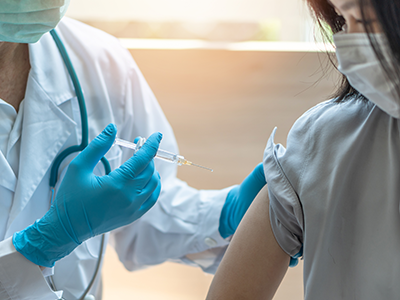 https://riseandshine.childrensnational.org/wp-content/uploads/2020/11/person-being-vaccinated-feature.png
300
400
Rise and Shine
https://riseandshine.childrensnational.org/wp-content/uploads/2017/11/childrens_riseandshine_logo.jpg
Rise and Shine2025-05-15 07:00:242025-05-23 10:39:33Answers to your questions about the COVID-19 vaccine and booster for children
https://riseandshine.childrensnational.org/wp-content/uploads/2020/11/person-being-vaccinated-feature.png
300
400
Rise and Shine
https://riseandshine.childrensnational.org/wp-content/uploads/2017/11/childrens_riseandshine_logo.jpg
Rise and Shine2025-05-15 07:00:242025-05-23 10:39:33Answers to your questions about the COVID-19 vaccine and booster for children






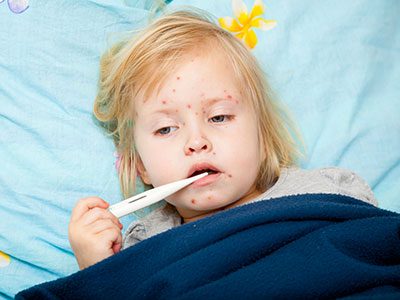


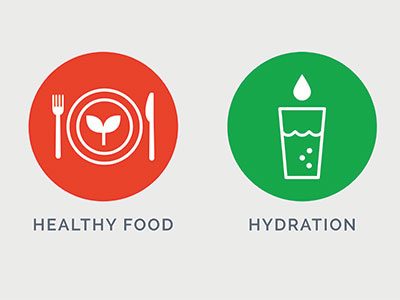
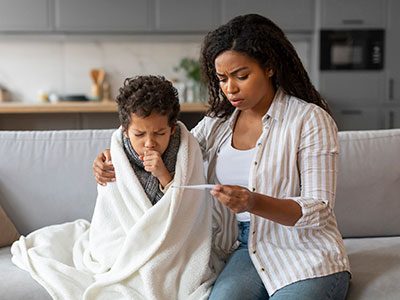
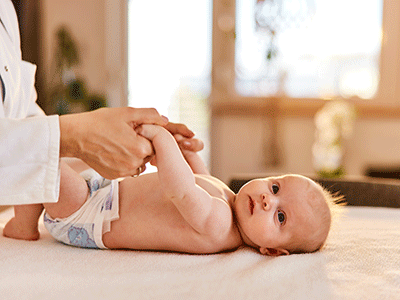

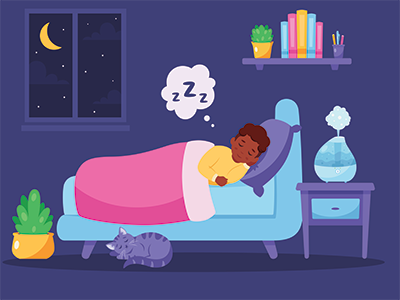
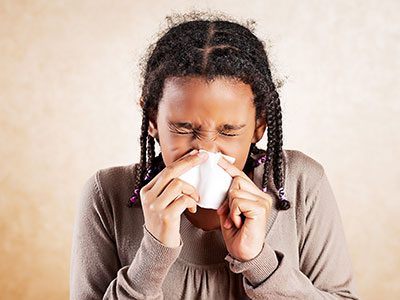
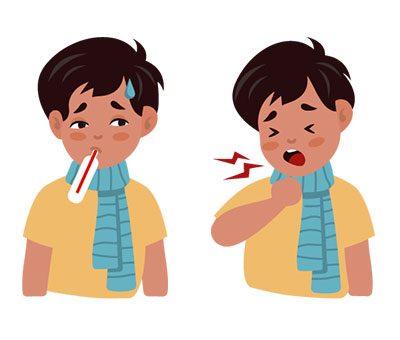


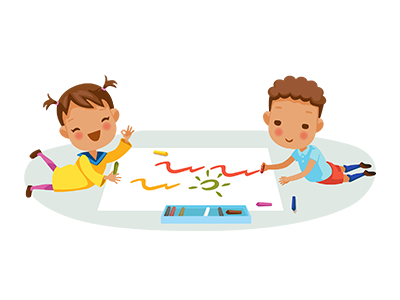
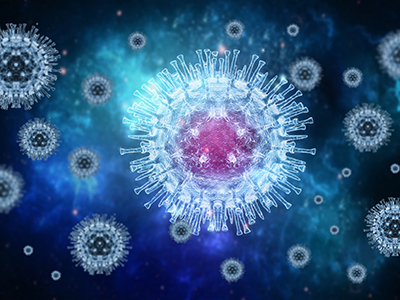

Leave a Comment
Want to join the discussion?Feel free to contribute!